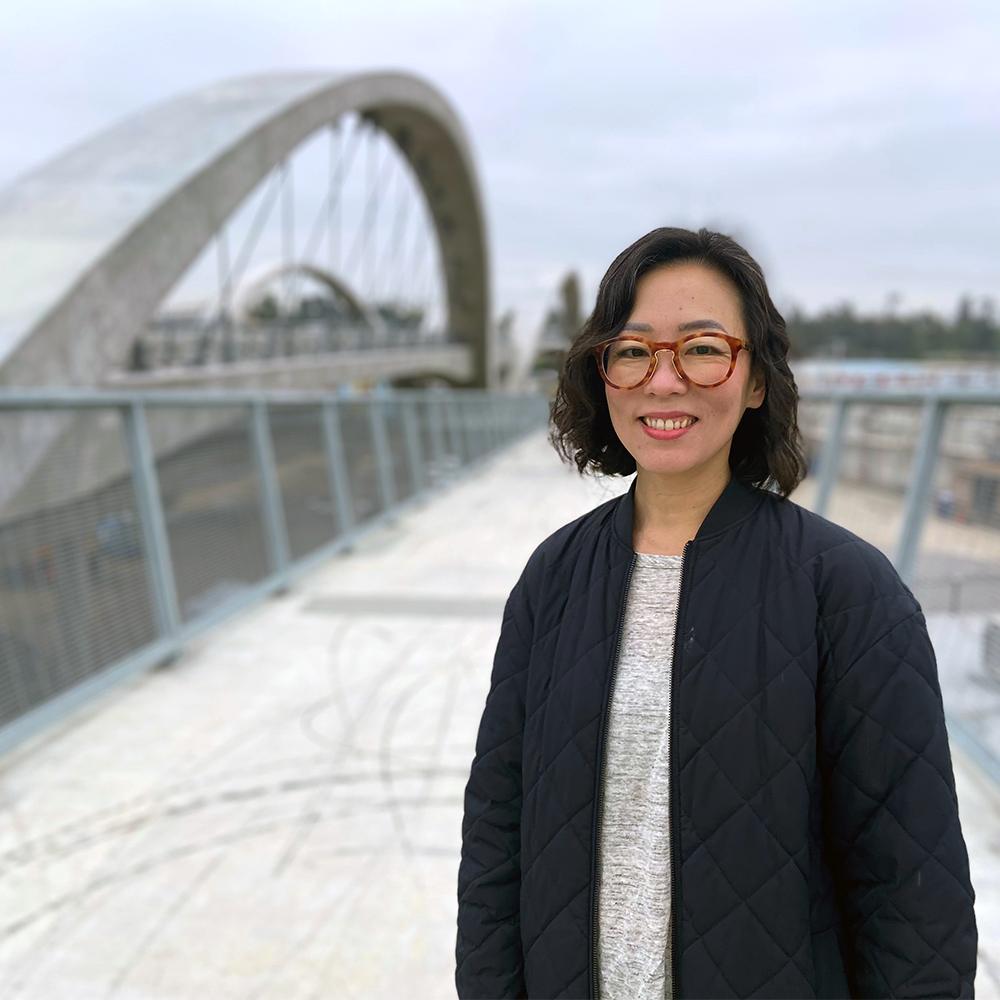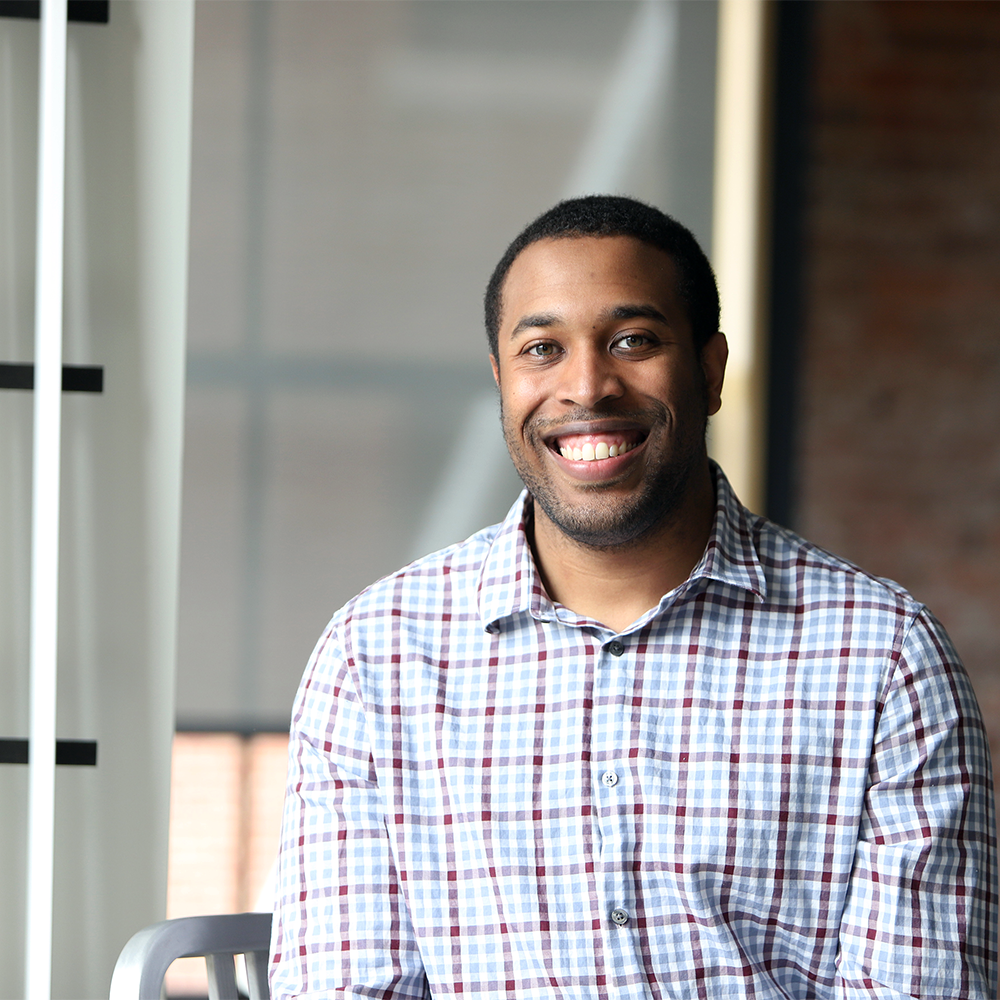Lily Song

Assistant Professor of Architecture and Urban Planning, Northeastern University
Degree(s):
PhD in Urban and Regional Planning, Massachusetts Institute of Technology
Professional interests:
Community-driven planning and design; infrastructure experiments; race, class, and gender politics in cities
Professional or personal website:
If you could give the you of 10 years ago advice, what would it be?
Professional growth is nonlinear. Go for what excites and motivates you, even if it’s hard and you’re slow to gain recognition. Take time to reflect, figure out your rhyme and reason, and both celebrate and troubleshoot your work with people you admire.
What is your favorite Boston-area building or structure?
Boston City Hall. Besides the architecture, it represents participatory democracy at the most local level and offers lessons about the contradictions of urban renewal and Modernist planning in the city. Then there’s the improvement of public spaces and amenities over time. I mean, how good are the new playground and 8th floor café that serves tasty coconut shrimp and jerk chicken?
Has your career taken you anywhere you didn’t expect?
Yes! I started my career as a community organizer working on health and environmental justice campaigns along the Figueroa Corridor in Los Angeles and wanted to study law. Instead, I ended up going to grad school for urban planning, which eventually brought me to Boston. After completing a PhD dissertation that explored how green building initiatives could promote social and economic justice in two American cities, I ended up living and working in Southeast Asia. There, I connected with the Indonesian participatory planning nonprofit Kota Kita and built out a postdoc research project about how planning with informality could help achieve climate justice outcomes. Since 2015, I’ve been back in Boston, teaching participatory planning and design techniques, and conducting action research with place-based activists who are advancing social and economic justice through land-use politics and spatial planning.
Which one of your current projects excites you the most?
My favorite project right now is collaborating with the Boston City Councilor Tania Fernandes Anderson and community leaders in Roxbury and the South End on community-driven anti-displacement planning and design. Through my studio and seminar courses at Northeastern, I’ve had the chance to step up as the action research arm of a couple initiatives: one is the ARTery, a planned cultural corridor connecting neighborhood squares and secondary commercial areas from Jazz Square in the South End through Nubian Square in Roxbury to Grove Hall in Dorchester; the other focuses on vacant parcel activation and development as open, green, healthy, culturally affirming spaces that are designed, built, and controlled by local communities.
What does equity mean to you?
Equity is not only expanding choices and opportunities for those who have had the least but also reimagining and rebuilding our world to be free of the cumulative disadvantages and illicit advantages that people inherit in the first place.
What do you see as the largest barrier to a zero-waste building, city, and world?
I think the biggest barrier to zero-waste built environments is our fundamentally carbon-intensive, profit-maximizing, and wasteful approach to building and living. I once had the chance to witness the design and building of a model net-zero house in Massachusetts. They tore down a well-functioning, 100-year-old triple-decker and replaced it with a bunch of imported building materials and tech gadgets. The construction workers drove their massive gas-guzzlers back and forth from remote (sometimes out-of-state) locations on a daily basis. What used to be a high-density living environment for multiple households became a sparsely occupied luxury showpiece.
Who do you most enjoy partnering with on a project?
Frontline organizers and communities because they have the most direct, firsthand experiences of how the built environments that architects and planners create actually operate in the real world, and are repairing dysfunctions and piloting improvements on a regular basis.
Where do you find inspiration?
Scribbling in a notebook on my daily MBTA commute, writing in old-school reading rooms at public libraries, and walking on green and not-so-green paths in the city.
What was your least favorite college class?
Microeconomics. I didn’t mind the math and problem sets as much as the reductive and distorting nature by which self-interest and competitiveness were lifted up to be rational and good for society and the basis on which to design policies and plans.
If you could sum up your outlook on life in a bumper sticker, what would it say?
It’s not what you think.

